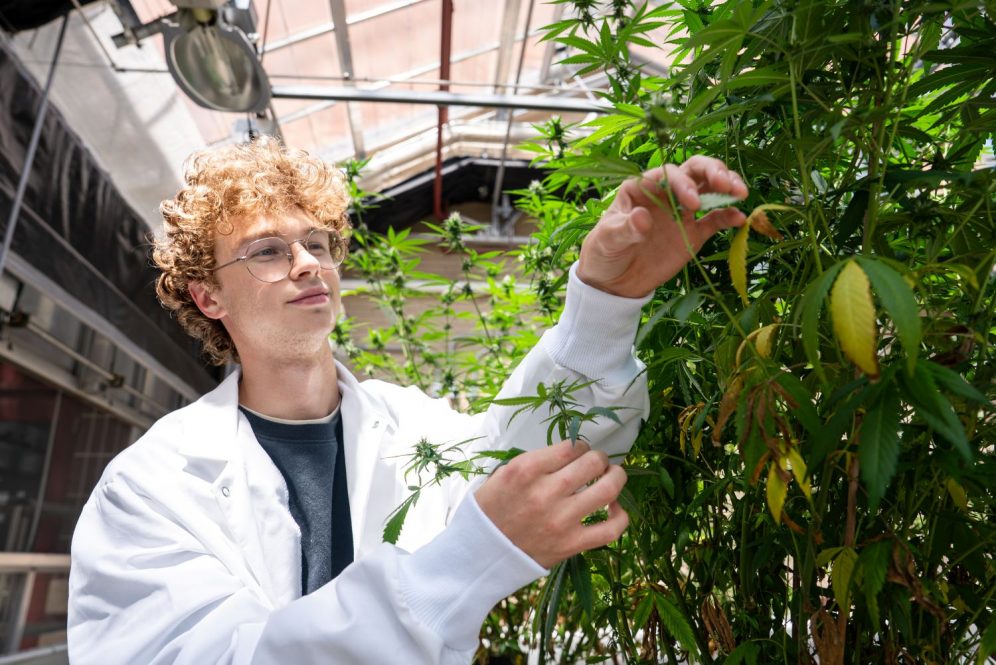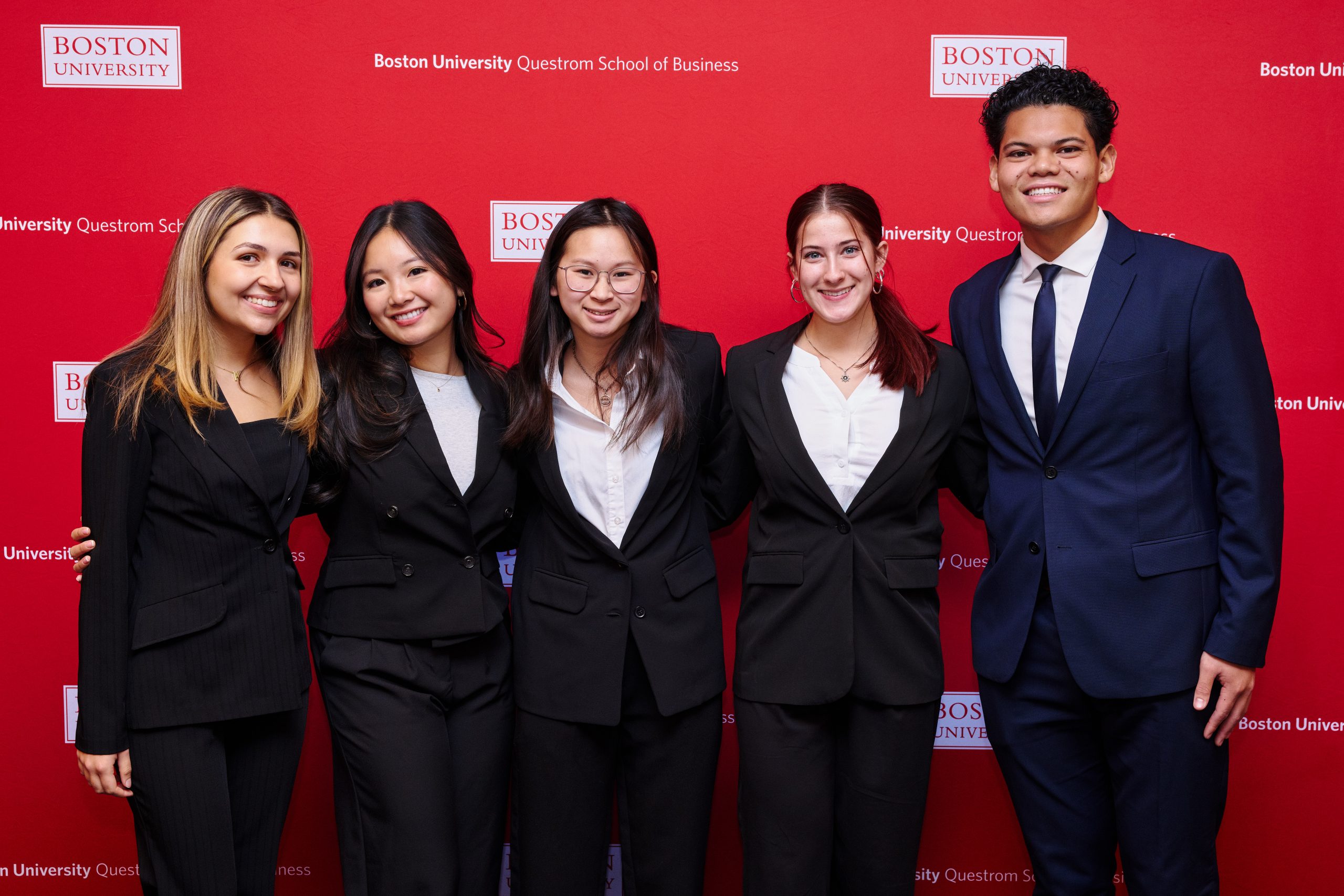Since 2018, U.S. farmers have been able to legally grow hemp with a THC content below .3%. This has led to an explosion of products containing CBD – a compound found in hemp that, unlike THC, does not produce hallucinogenic effects.
CBD has been hailed for its potential to help with a host of conditions including pain, anxiety, poor sleep, and inflammation.
None of these products, however, are regulated by the FDA. This means consumers don’t know if the amount of CBD listed on a package is what their bodies are actually processing.
Colby LeGault ‘27 (CAHNR), working in the laboratory of Gerald Berkowitz, professor of horticulture in the Department of Plant Science and Landscape Architecture, tested two commercially available brands of CBD coffee to see how much CBD is in a brewed cup.
LeGault used high pressure liquid chromatography under the supervision of graduate student and Fulbright Fellow Daniel Giraldo to analyze cannabinoids.
The results showed that the brewed coffee contained 70-80% less CBD than the labels claimed.
“[Almost] nothing is showing up in the end result when you brew the coffee,” LeGault says. “We found that these companies are marketing their products as having this much CBD in it. While that may be true at some point in the process, it’s not a bioavailable form upon brewing.”
CBD coffee is made by adding CBD oil to coffee grounds. CBD oil is hydrophobic, meaning it repels water. Hence, brewing cannot extract CBD to make it available for the body to process. The CBD oil may also not be evenly distributed throughout the bag, which accounts for some of the sample-to-sample variation LeGault observed.
“If you were to put CBD oil in a can of coffee and drink it, you would be drinking the oil, it would be digested, and you’d experience the set of effects associated with CBD,” LeGault says. “When it comes to coffee grounds, the CBD is there, it’s in an oil. But since that oil is hydrophobic, it does not bind with water, so nothing is extracted. Therefore, none of the cannabinoids are released into the water that will become your coffee.”
While LeGault’s project only focused on coffee, he says these issues are likely present in other kinds of CBD products as well. He points to the potential issues of consumer protection, both as it relates to human health and inaccurate marketing taking people’s hard-earned dollars.
“If a company isn’t directly sending their products to food scientists and third-party testing labs, it is extremely likely that consumers are going to have inconsistencies in products,” LeGault says. “I think it’s important that we put an emphasis on quality control for these products. Especially as people are putting them in their bodies.”
LeGault intends to continue cannabis research in Berkowitz’s lab by identifying cannabinoids with antimicrobial properties.
“The cannabis industry is so new,” LeGault says. “Due to the prohibition, we have so much research to be catching up on.”
LeGault says he values having the opportunity to do this kind of hands-on research as an undergraduate.
“What we’re doing at UConn is extremely valuable, giving students an opportunity to get early hands-on experience testing cannabis-derived products,” LeGault says.
This work relates to CAHNR’s Strategic Vision area focused on Ensuring a Vibrant and Sustainable Agricultural Industry and Food Supply.
Follow UConn CAHNR on social media



